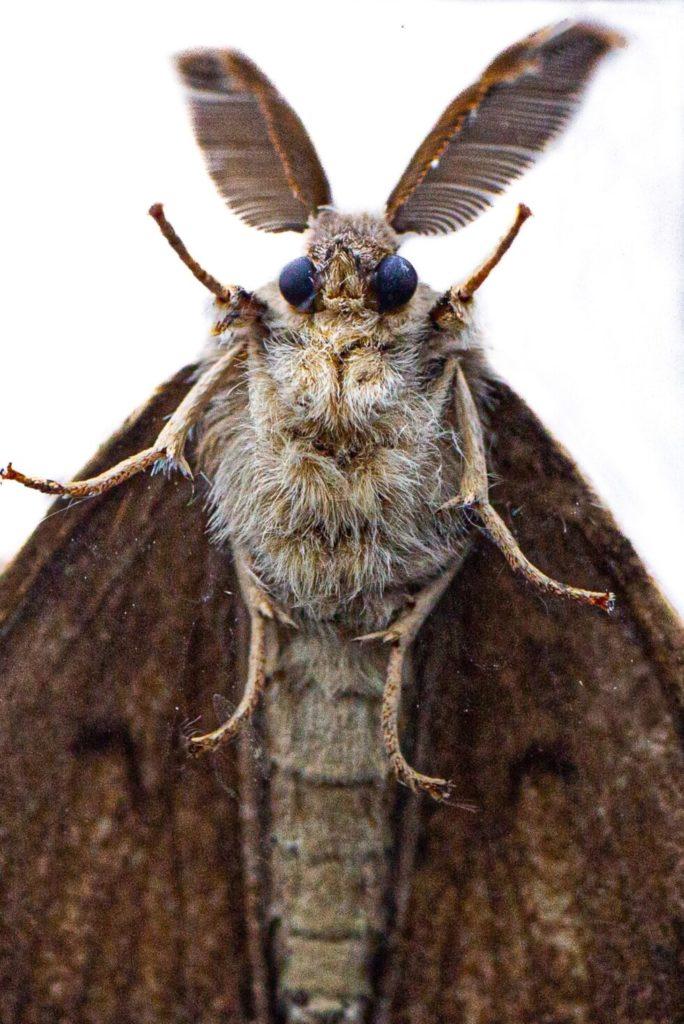The Gypsy Moth is a type of forest pest that can infest and damage trees. These pests feed on the leaves and can completely defoliate a tree.
Since people introduced them to the USA in 1869, the gypsy moth has become one of the most dangerous creatures for hardwood trees in North America. They are a danger to gardens across the continent and you should have a method for dealing with them should they appear on your plants.
This article will help you understand the blight that gypsy moths pose to trees under your care. By the time you have finished reading, you should understand what these moths are and what they can do, as well as how to deal with them. So, what are you waiting for?
What Are Gypsy Moths?
In the 1800s, the gypsy moth caterpillar arrived in the USA as part of a bid to manufacture its silk. Due to poor management, the creature escaped confinement. Then, over the years has caused severe damage to many trees and plants across the country.
The gypsy moth life cycle includes its larval and caterpillar forms. During these stages, it will feed almost any tree or shrub. Because of this, they are hard to eradicate as their food source is so prolific.
Where Is the Gypsy Moth Found?
You can find most of these creatures in the eastern United States, including New York and Southern Maryland. It has spread to most locations with high tree densities, and often congregates in the following plants:
Apple
Beech
Birch
Hawthorn
Maple
Oak
Poplar
Willow
Signs of Gypsy Moths
The easiest way to tell if you have a gypsy moth problem is by locating its caterpillars. These dark, hairy insects have five sets of two dots and six pairs of red dots that line their back. They often appear in May and June, whereas they metamorphose into the moths themselves in July and August.
If you are not seeing the caterpillars or moths, you can also check for gypsy moth damage signs. These would be small holes in the leaves that can cause a great deal of stress for the tree as it struggles to photosynthesize.
Another way is by finding gypsy moth eggs. The moths lay them in teardrop-shaped masses on the bark of a tree and they can look like small patches of brown fungus.
How to Get Rid of Gypsy Moths
Your main option for removing gypsy moths is with insecticides. An injectable insecticide should remove the insects from your tree for a long time.
Hiring a Professional
Now that you understand the danger of gypsy moths, you should be able to handle them should they affect your plants. Despite this, you may prefer to get a professional with the experience of having dealt with them before. If that is the case, we are ready to assist you.
To get more information on what we can do to reduce your burden, all you need to do is get in contact. Our specialists are ready to reply with all the information you need to get started removing the gypsy moth from your garden. So, send us a message, and we can move forward today.

